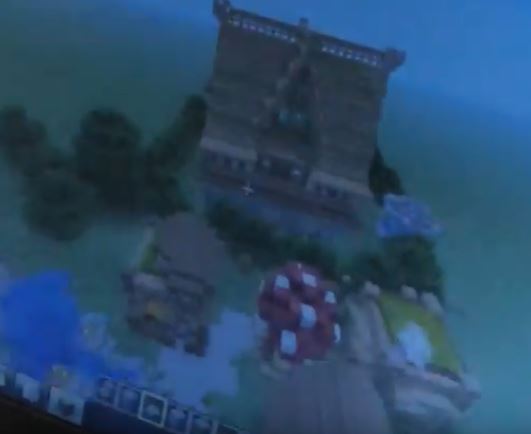Summary
Students use advanced search skills to locate an example of three images (drapery, a bowl of fruit and a vase of flowers). Using Adobe Photoshop, students combine the three images to create a digital still life composition that is original, completely fabricated and never existed in the real world. They use the editing features in Photoshop to create the digital still life composition. Students enlarge their compositions using a grid and create an oil pastel drawing from their original digital still, thus removing hints of any digital help.ENTER YOUR 250 MAXIMUM WORD SUMMARY HERE.
TIPC Ratings
The students will find their own image sources to be used and combine images from different sources to create a completely new and coherent image. Students apply advanced research skills, investigative skills, etc. to locate an image of a piece of drapery, a bowl of fruit and a vase of flowers. They may choose to search online art galleries, museums, database resources provided by the media specialist, various search engines and directories to find suitable images. The teacher acts as the facilitator and in-house resource as students locate, analyze, evaluate and select images that are suitable for their digital still life composition.
Students are required to provide constructive feedback to each other throughout the process of creating this piece of art using the “sandwich” approach. The students are also required to use technological tools and com-positional techniques to compile and present their information. The student, whose work is being critiqued, takes notes on what is shared by the other students. Thus at the end of this process, each student has a compilation of notes that will assist in improving their art techniques and form. This is called reflection in reverse, because it causes the student to reflect on their creation and on the perception of others as to what can be improved.
Students are required to use their internet search skills not only to research material for this project, but to make critical decisions on an aesthetic and practical level regarding choices for the finished composition. Throughout this project, students respond to higher order questions regarding appropriate still life images, editing tools, color, shadows, what they can do to make their still life composition look real, etc. The reflection segment listed above serves to bring each student in alignment with their own style of creation and its effect on what others perceive.
The environment in an advanced level art class naturally promotes creativity and innovation. These students share ideas, projects, advice and the creative struggle. They challenge each other (through discussion and reflection) to try new medias, methods, ideas and techniques in a safe and accepting environment.





